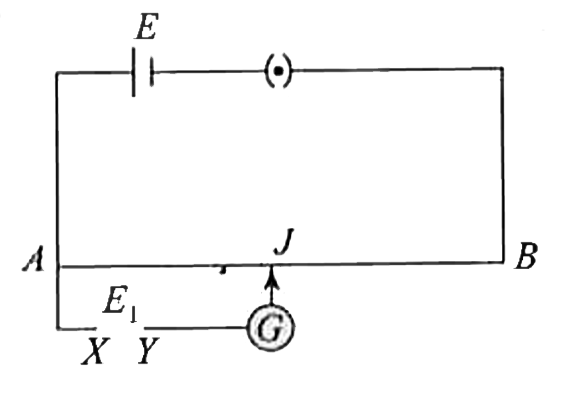In many cases , the chromosomes do undergo some dispersion , they do not reach at extremely extended state of the interphase nucleus . This statement is related with .........
Telophase II
Anaphase II
Anaphase I
Telophase I
The correct Answer is:D
To solve the question, we need to analyze the statement regarding the dispersion of chromosomes and relate it to the stages of cell division provided.
1. Understanding Chromosome Dispersion: The statement mentions that chromosomes undergo some dispersion but do not reach an extremely extended state like in interphase. This implies that the chromosomes are not fully decondensed and are still somewhat condensed.
2. Identifying the Stages: We have four stages to consider:
- Telophase
- Meiosis I (NFase I)
- Meiosis II (NFase II)
- Telophase I
3. Characteristics of Interphase: During interphase, chromosomes are in a very extended and loosely packed state, resembling long thread-like structures. This is the state where chromatin is most dispersed.
4. Characteristics of Telophase: In telophase (specifically telophase I), the chromosomes begin to decondense, but they do not fully return to the extended state seen in interphase. They are still more condensed than during interphase.
5. Conclusion: Given that the chromosomes are undergoing some dispersion but are not as extended as in interphase, the correct answer relates to telophase. This is because telophase marks the beginning of chromatin decondensation, but the chromosomes remain more condensed than in interphase.
Final Answer:
The statement is related to Telophase.
- Telophase
- Meiosis I (NFase I)
- Meiosis II (NFase II)
- Telophase I
The statement is related to Telophase.
Similar Questions
Knowledge Check
- Question 1 - Select One
Due to nondisjunction of chromosomes during spermatogensis, some sperms carry both sex chromosomes (22A + XY) and some sperms do not carry any sex chromosome (22A + O). If these sperms fertilise normal eggs (22A + X), what types of genetic disorders respectively appear among the offspring ?
AKlinefelter's syndrome and Turner's syndromeBTurner's syndrome and Klinefelter's syndromeCDown's syndrome and Turner's syndromeDDown's syndrome and cri-du-chat syndrome
While doing an experiment with potentiometer (see figure) it was found that the deflection is one sided and (i) the deflection decreased while moving from one and A of the wire, to the end R, (ii) the deflection increased, while the jockey was moved towards the end D.
(a)Which terminal positive and negative of the cell E1 is connected at X in case (i) and how is E1 related to E ?
(b)Which terminal of the cell E1 is connected at X in case (i in a) ?
 View Solution
View SolutionState the principle of superposition ? Why do we use the phrase 'algebraic sum' in the statement ?
View SolutionDue to the nondisjunctiuon of chromosomes during spermatogenesis, sperms carry both sex chromosomes (22A + XY) and some sperms do not carry any sex chromosome (22A + O). If these sperms fertilise normal eggs (22A + X), what types of genetic disorders appear among the offsprings ?
View SolutionAs the mass number A increases, which of the following quantities related to a nucleus do not change?
View SolutionHow many chromosomes do drones of honeybee possess ? Name the type of cell division involved in the production of sperms by them.
View SolutionDue to nondisjunction of chromosomes during spermatogenesis , sperms carry both sex chromosomes ( 22A +XY ) and some sperms do not carry any sex chromosomes ( 22A+ X ) , what types of genetic disorder appear among the offsprings ?
View SolutionRead the following four statements (i -iv)
(i) Every chromosome essentially has a primary constriction or the centromere.
(ii) During different stages of cell division, cells show structured chromosomes in place of the nucleus .
(iii) Nuclear pores are the passages through which movement of RNA and Protein takes place in one direction between the nucleus and cytoplasm.
(iv) Chromatin contains DNA, some basic proteins called histone adn RNA only .
How many of the above statement are correctView Solution
